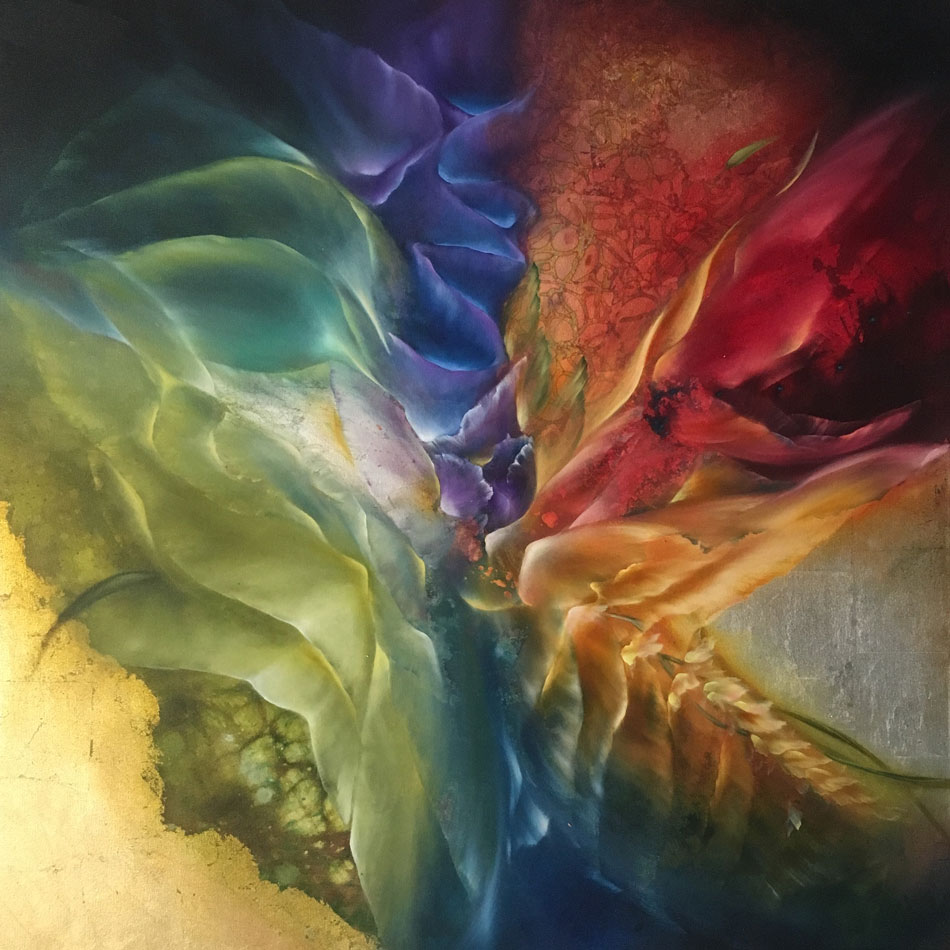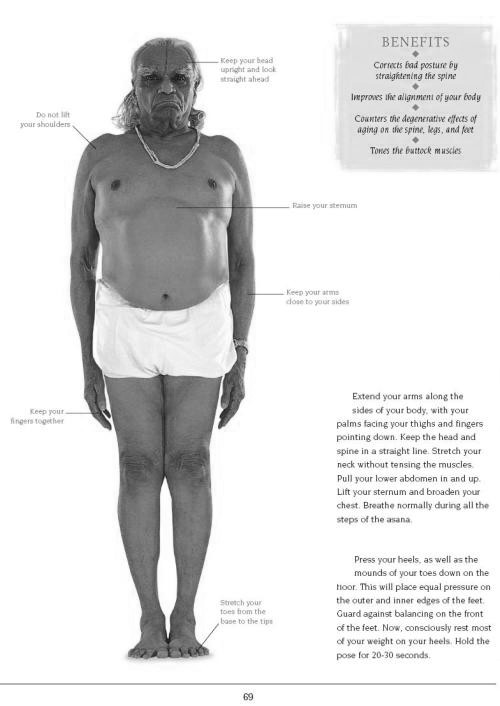There are a hundred exercises to choose from when you go to a gym.
Well, it isn’t even called a gym anymore. Its called a fitness studio. You can pick a couple of classes of cardio, add a core workout to the mix, a dash of yoga and pilates, a cycle hour and well, you have a medley of singers – but no chorus.
What ever happened to keeping it simple?
Anyways, so many exercises and routines, and not a single one teaches you how to stand.
That’s right, how to stand. It may seem simple, but it is one of the most difficult things to do. Because we stand unconsciously – the correct posture has to be ingrained rather than thought of each time.
In today’s 30*30, add a bit of Tadāsanā to start and end your workout. And know the difference!

Tadasana, ‘mountain pose’. B.K.S. Iyengar, the renowned guru of yoga, said, “Once we can master ‘tadasana’ then all the other poses come.”
In tadasana one begins the journey from the outer body… inwards. The basic standing pose tadasana awakens the practitioner to the body – the outermost sheath – the ‘annamaya’ kosha.
Standing in tadasana the student becomes aware of his/her body and limbs. He/she starts to observe the life underneath the skin – the breath, the mind, and thus begins to awaken to the interconnectedness of his/her internal universe.
https://www.youtube.com/embed/IA7JVUYicbU?feature=oembed
Cause of Obstruction in the Nadis
Tadasana teaches stability, mobility, lightness and energy of the body. In tadasana the student ‘discovers’ his/her feet and learns how to distribute his/her weight evenly and uniformly, essential not only in tadasana but in all standing poses. The work of the feet subsequently lays the foundation for the work of the legs, the pelvic girdle, the shoulder girdle, the torso and the spine.
When the four corners of the feet – base of the big toe, base of the pinkie toe, inner heel and outer heel – ground down vertically, the inner arches of the feet draw up and the toes find extension and freedom.

The lifting of the arch activates the legs: the ankles should become parallel, the shin bones should align with each other as well as with the thigh bones, the thigh muscles should engage and draw the kneecaps up. The backs of the thighs should separate and the femurs should press from the front body towards the back body.
The work of the feet and legs affect the pelvic bowl: allowing for the sacrum to lengthen down and for the frontal hipbones to draw together and to lift up.
Space for the inner organs and breath is thus created by the elongation of the sides of the torso, broadening and lifting the sternum and the descending of the shoulder blades.
The arms come to life and rather than hanging heavily by ones side they are activated all the way through to the fingertips. Finally, the head can come to rest on the plumb line with the rest of the body.
By learning the proper distribution of the weight of the body the student becomes skilled at creating stability while standing in order to then take the arms through various movements in other asana, without disturbing the rest of the body.
Tadasana thus teaches the practitioner how to stand upright, how to find the subtle balance and evenness of the body. Tadasana teaches the practitioner the connection of the feet to the legs to the pelvis to the spine to the chest to the shoulders to the head.
Consequently, “In the correct positioning of Samasthiti, the mind is engaged in watching the limbs and trunk, resulting in a turning of the mind inward towards the core”.
